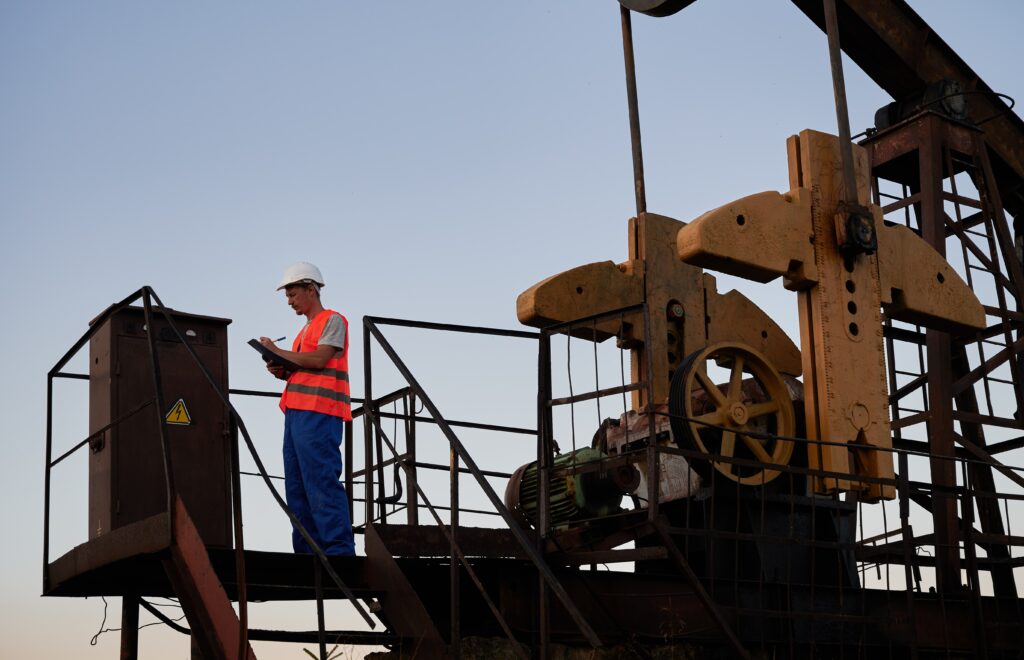When it comes to ensuring workplace safety, two methodologies often come to the forefront: Job Safety Analysis (JSA) and Job Hazard Analysis (JHA). Both are systematic techniques used to identify and control potential hazards in the workplace. However, they are not the same, and understanding their differences is crucial for effective safety management. In this article, we will delve into the key differences between JSA and JHA, and how a digital workflow procedure builder like FAT FINGER can enhance these processes.
What is Job Safety Analysis (JSA)?
Job Safety Analysis is a proactive process that focuses on identifying potential hazards and implementing controls before a job begins. It involves breaking down a job into its individual tasks, identifying potential hazards for each task, and determining preventive measures to mitigate these risks.
What is Job Hazard Analysis (JHA)?
Job Hazard Analysis, on the other hand, is a reactive process that involves analyzing past incidents and near misses to identify hazards and implement corrective actions. It focuses on identifying the root causes of accidents and implementing measures to prevent their recurrence.

Key Differences Between JSA and JHA
1. Timing
The most significant difference between JSA and JHA is when they are conducted. JSA is a proactive approach conducted before a job begins, while JHA is a reactive approach conducted after an incident has occurred.
2. Focus
JSA focuses on identifying potential hazards and implementing preventive measures, while JHA focuses on identifying the root causes of accidents and implementing corrective actions.
3. Methodology
JSA involves breaking down a job into its individual tasks and identifying potential hazards for each task. JHA, on the other hand, involves analyzing past incidents and near misses to identify hazards.
Enhancing JSA and JHA with FAT FINGER
With FAT FINGER, you can build digital workflow procedures to improve safety in your facility. FAT FINGER empowers frontline teams to do their work correctly every time, by letting you build checklists, workflows, and digital procedures that unlock operational excellence. You can build powerful Job Hazard Analysis checklists with FAT FINGER to help you better anticipate where potential hazards could arise and take preventative action. FAT FINGER’s safety checklists help you stay ahead of the game.
Conclusion
While both Job Safety Analysis and Job Hazard Analysis play crucial roles in workplace safety, they serve different purposes and are used at different stages of the job process. Understanding these differences can help organizations implement a comprehensive safety management system that effectively identifies and controls potential hazards. With digital workflow procedure builders like FAT FINGER, you can enhance these processes and ensure safety and preventive measures are everyone’s responsibility.
Ready to take your safety management to the next level? Build a Job Hazard Analysis safety checklist with FAT FINGER for free or schedule a demo today.
Discover the key differences between Job Safety Analysis and Job Hazard Analysis. Understand how these two methods can help improve safety in your workplace.


